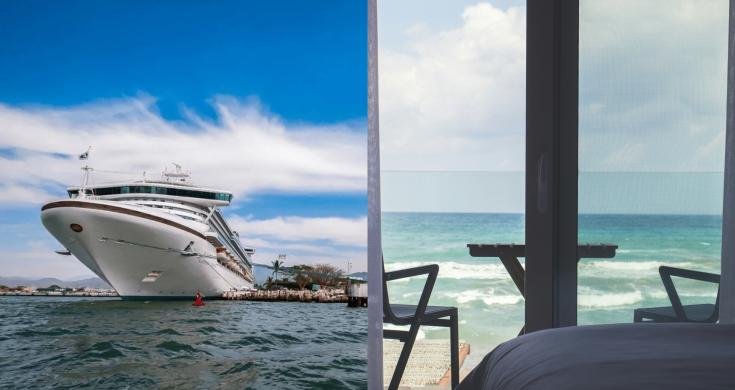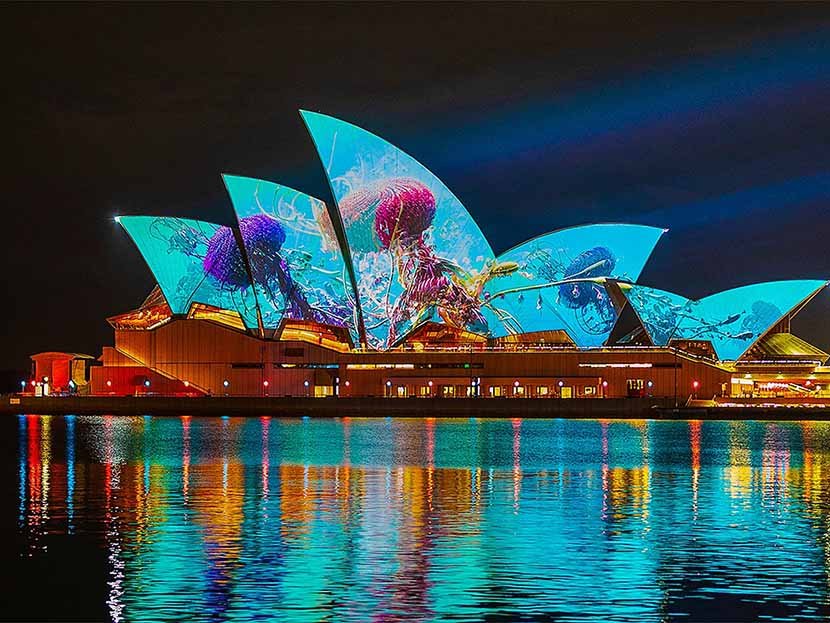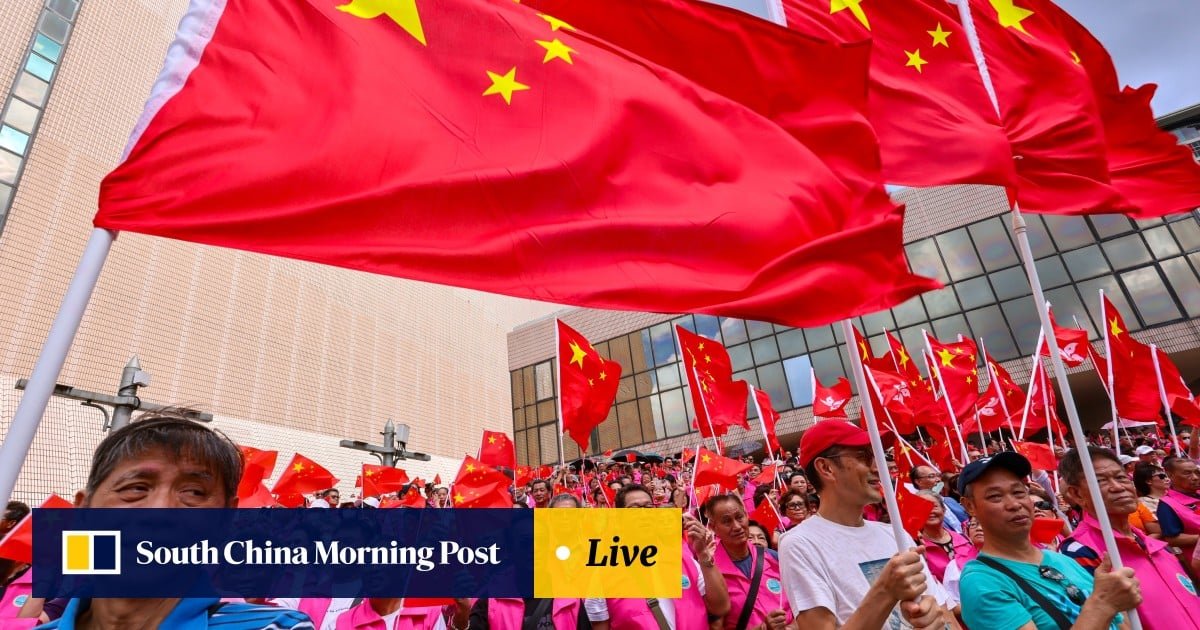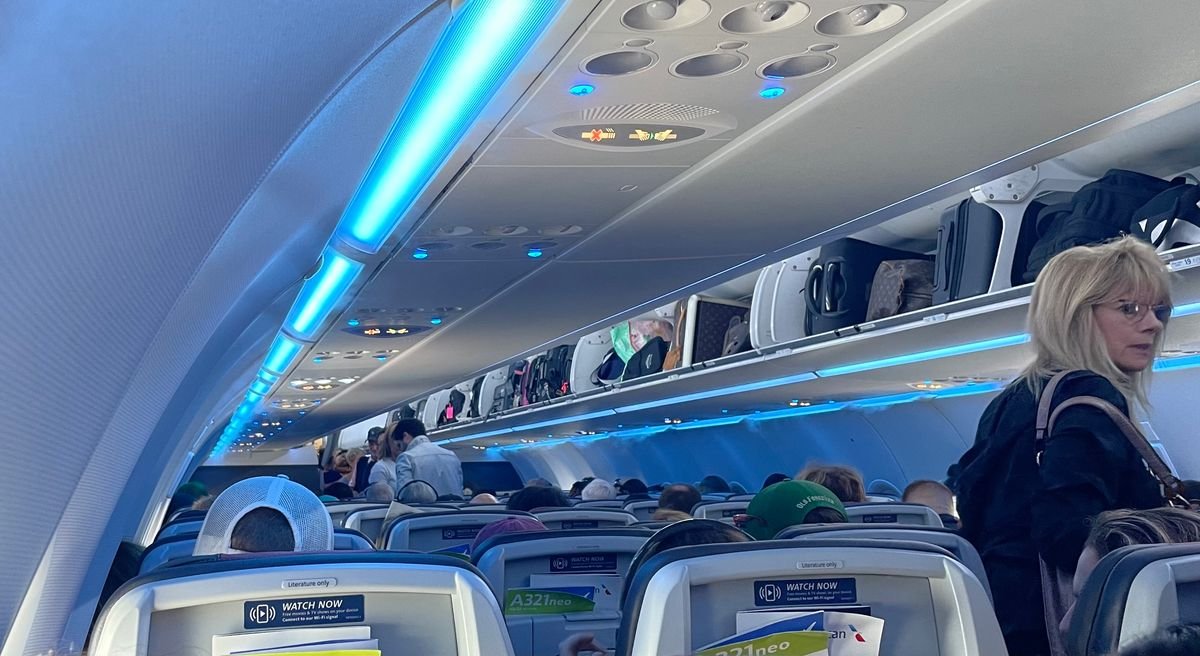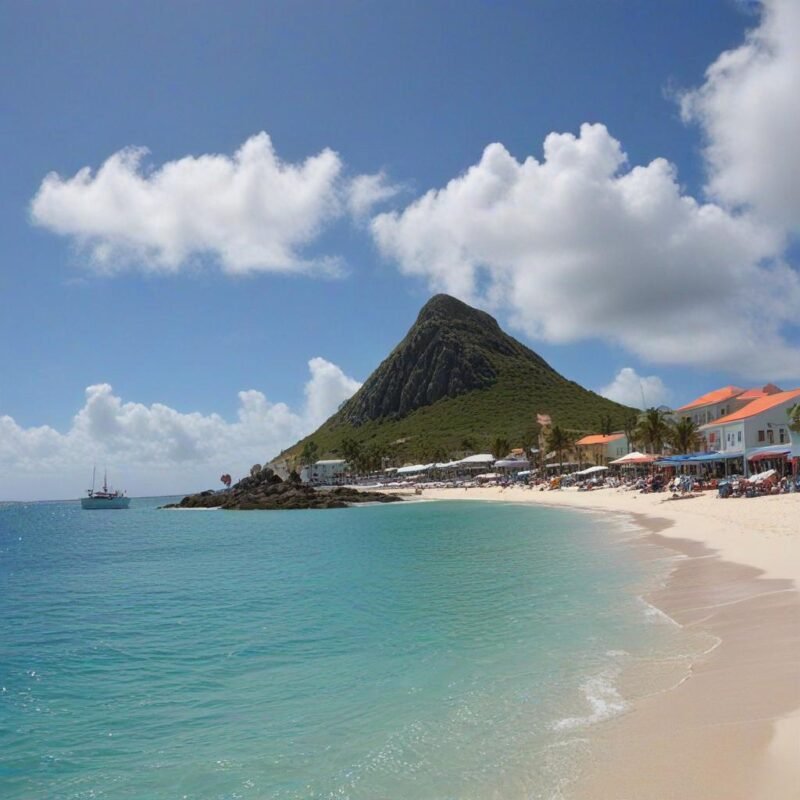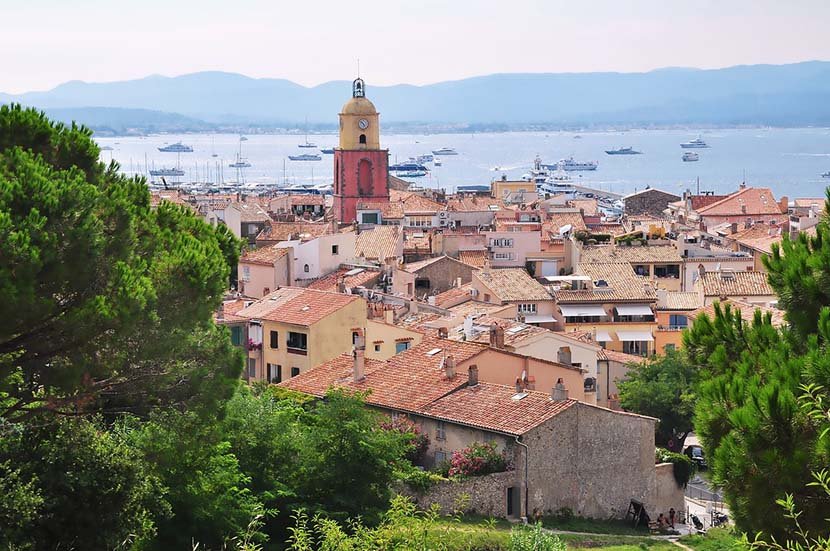Timothy Chui Ting-pong, director of tour operator Eat Play Travel, said 15 day-trip groups were fully booked for Sunday and Monday, the July 1 public holiday when Hong Kong celebrates the 27th anniversary of its return to Chinese rule.
“The Shenzhen-Zhongshan Link is a new infrastructure project, and many people are eager to experience it to explore the western parts of Guangdong, including Zhongshan, Zhuhai, Kaiping, Sanxiang and Shunde for leisure,” Chui said.
The tours cost HK$88 (US$11) per person and includes bus fares, afternoon tea sets and visits to attractions in Zhongshan.
The crossing, which stretches 24km (15.5 miles) and is located 30km south of the Humen Bridge, will connect both sides of the Pearl River Delta in mainland China.
The link features two bridges and two artificial islands, as well as an undersea tunnel linking Zhongshan and Shenzhen.
It will be open to traffic at 3pm on Sunday after an inauguration ceremony.
Chui, who is also executive director of the Hong Kong Tourism Association, said the demand for short trips between the city and the mainland would surge as journeys across the Pearl River Delta, between eastern and western Guangdong, could be significantly reduced to half an hour from 2½ hours.
“Hong Kong residents may have more opportunities to splurge in mainland cities other than in Shenzhen, but more mainland tourists will also take this opportunity to come to Hong Kong,” he said.
“Trips from Zhongshan to Hong Kong are likely to be faster than those from Yantian district in [the eastern part of] Shenzhen in the future.”
Secretary of the Hong Kong Guangdong Boundary Crossing Bus Association, Freeman Cheung Kim-ping, said the new link was expected to cut 45 minutes in travel time between Zhongshan and Hong Kong as the existing route sometimes took 3½ hours due to traffic on Humen Bridge.
A single-trip bus fare would drop from HK$130 to HK$100 because of the shorter route.
“We will adjust the route and bus stops to ensure that passengers can experience the fast and efficient journey through the Shenzhen-Zhongshan Link,” Cheung said.
“There will be 18 daily bus services between Hong Kong and Zhongshan, and additional trips will be added based on increasing demand.”
The 44.69 billion yuan (US$6.15 billion) project is expected to be a key link in the Greater Bay Area, a plan designed to turn Hong Kong, Macau and nine Guangdong province cities into an economic powerhouse that rivals other global metropolises.
But Baniel Cheung Tin-sau, adjunct assistant professor at the University of Hong Kong’s business school, said the new route was unlikely to help local consumption.
He said transport would continue to improve after the new link became operational, and new shopping centres across the border might be developed as a result, creating larger and more concentrated commercial areas.
“As these areas expand, they can become self-sustaining destinations where people can stay independently for probably one to three days,” he said.
“If there are more people travelling from Hong Kong to the Greater Bay Area, rather than the other way around, we will definitely lose [out] if we spend more than them.”







